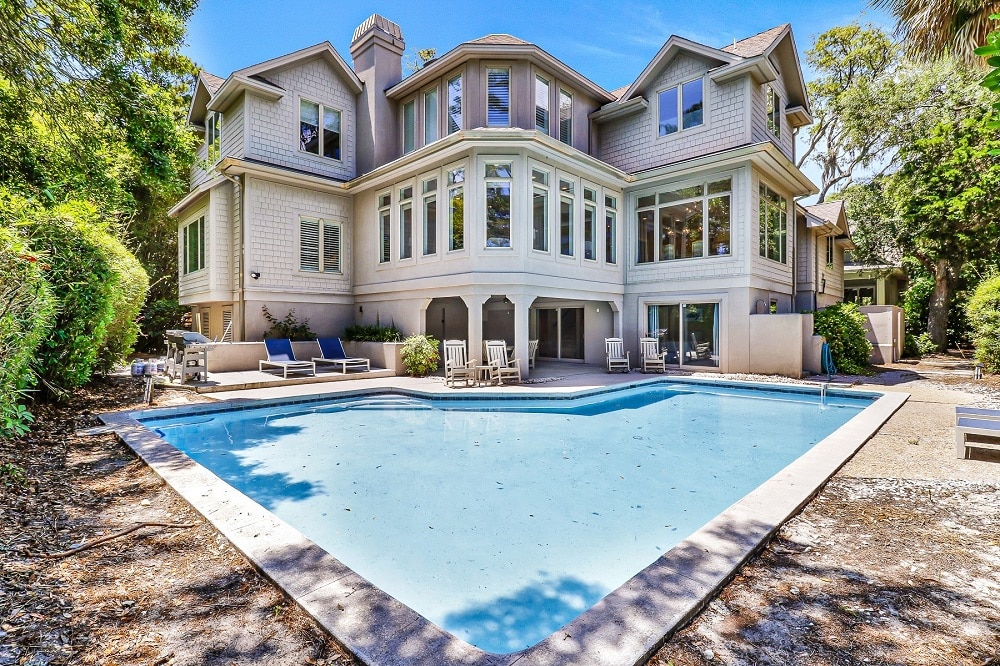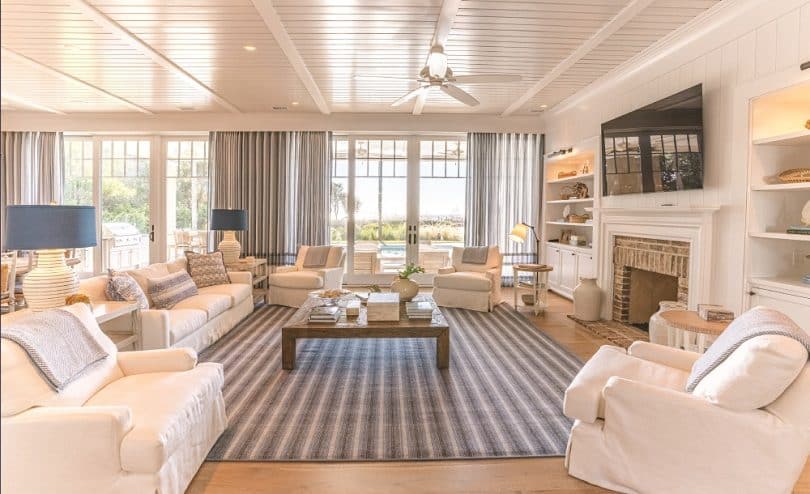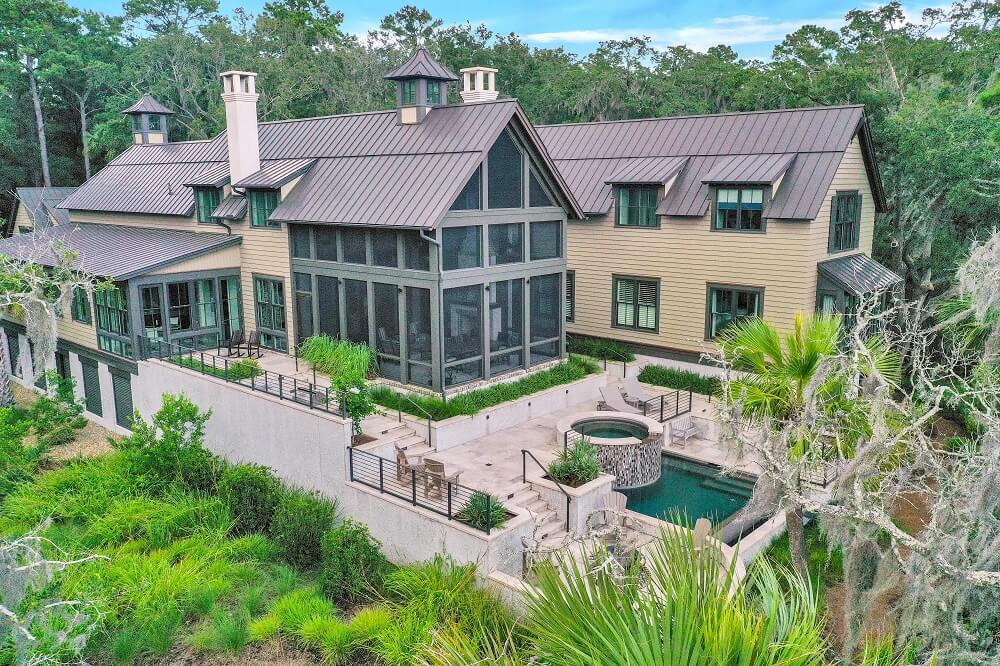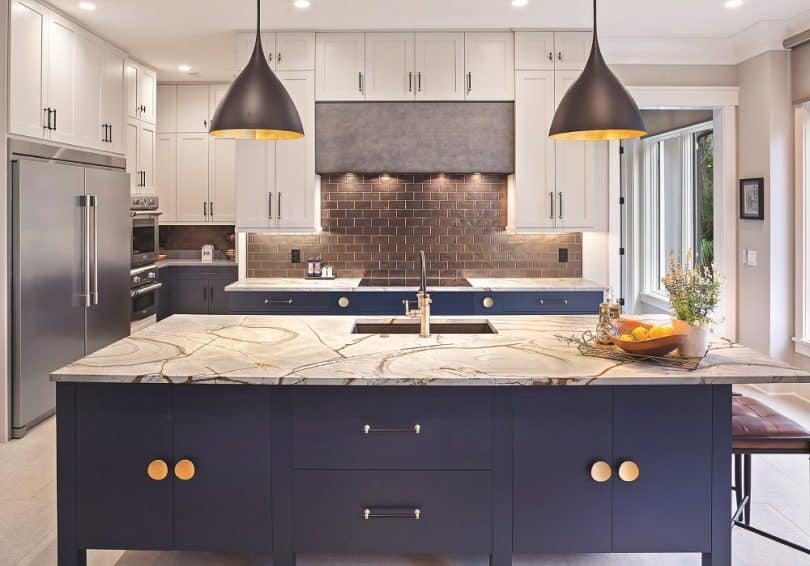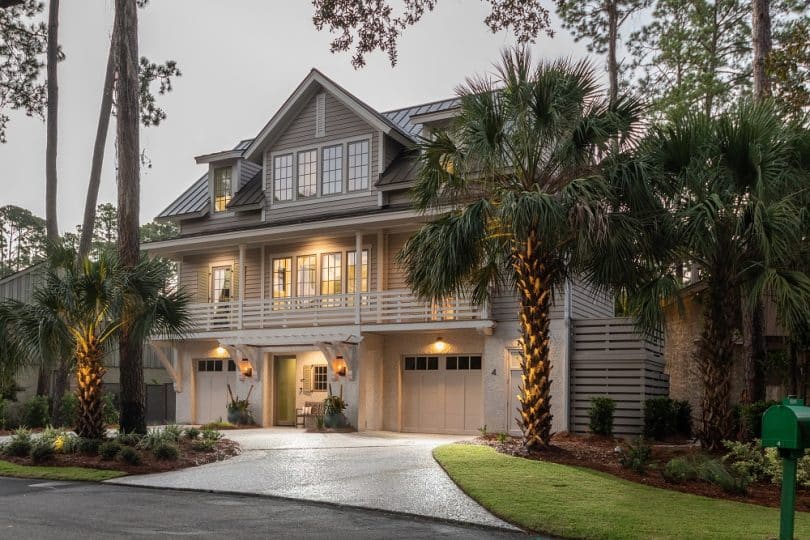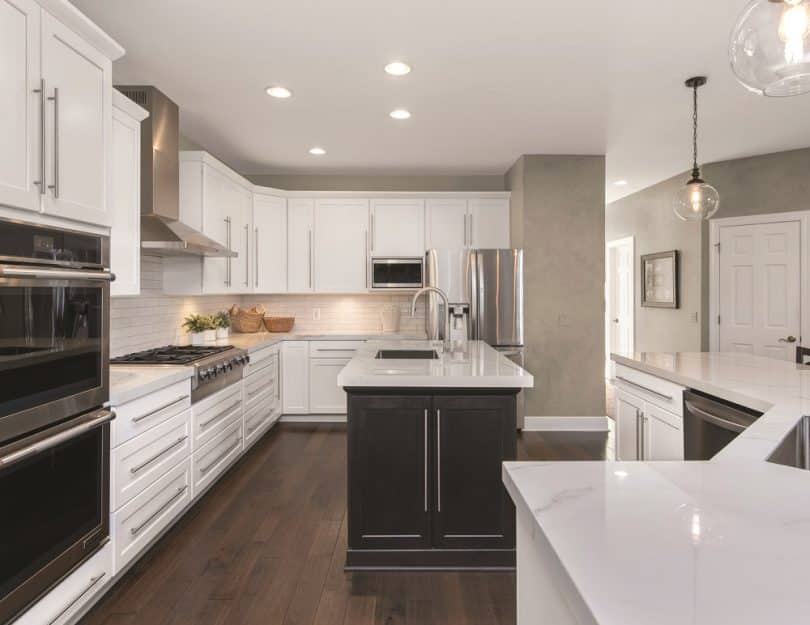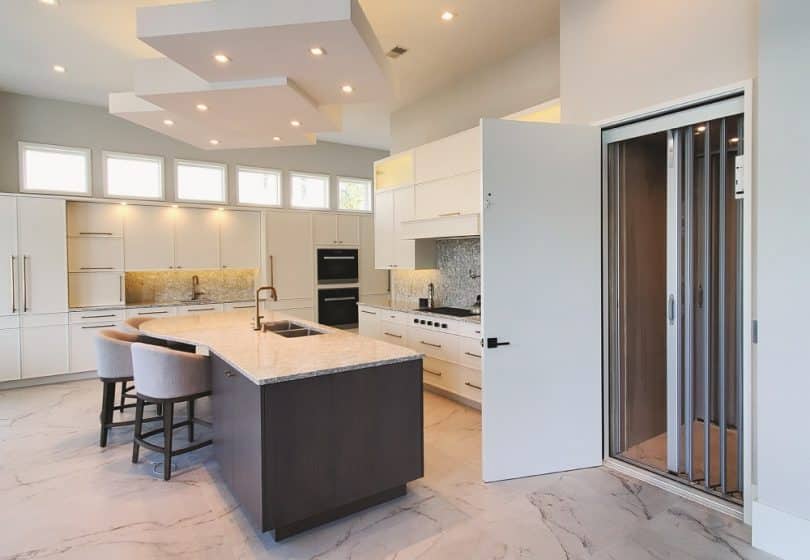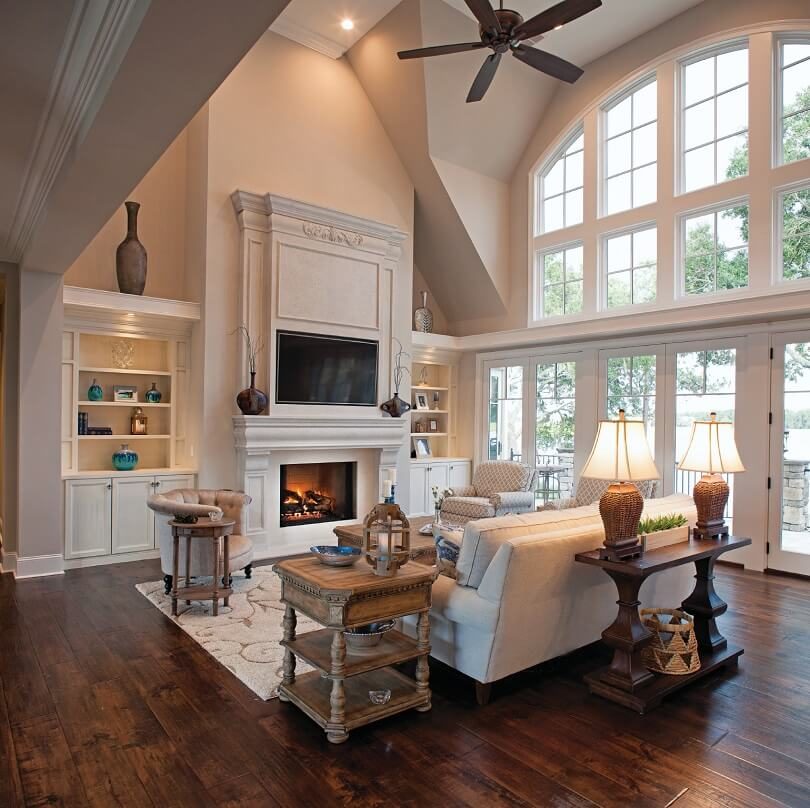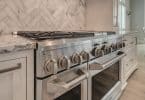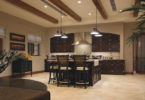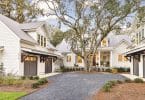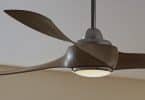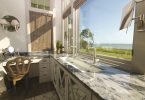ENERGY EFFICIENT OPTIONS FOR WINDOWS ARE A KEY COMPONENT WHEN CREATING AN OPEN CONCEPT DESIGN.
If you are one of the millions of people who tune in regularly to watch home improvement tv shows, then you’re probably familiar with the term “light, open floor plan.” The term refers to home designs with fewer interior walls in the living areas and more windows all around. The open floor plan concept allows people inside to feel more connected to each other. Mothers can cook while watching their children play, and families can entertain guests all in one large space. But these larger open spaces need light, and there is no better way to take advantage of natural light as well as gorgeous lowcountry views than through carefully placed windows.
Unfortunately, having lots of windows comes with a price. Your view may be beautiful, but if you are not careful to select good energy efficient windows, your power bill will be ugly. To get the most out of your windows, we suggest three criteria to consider.
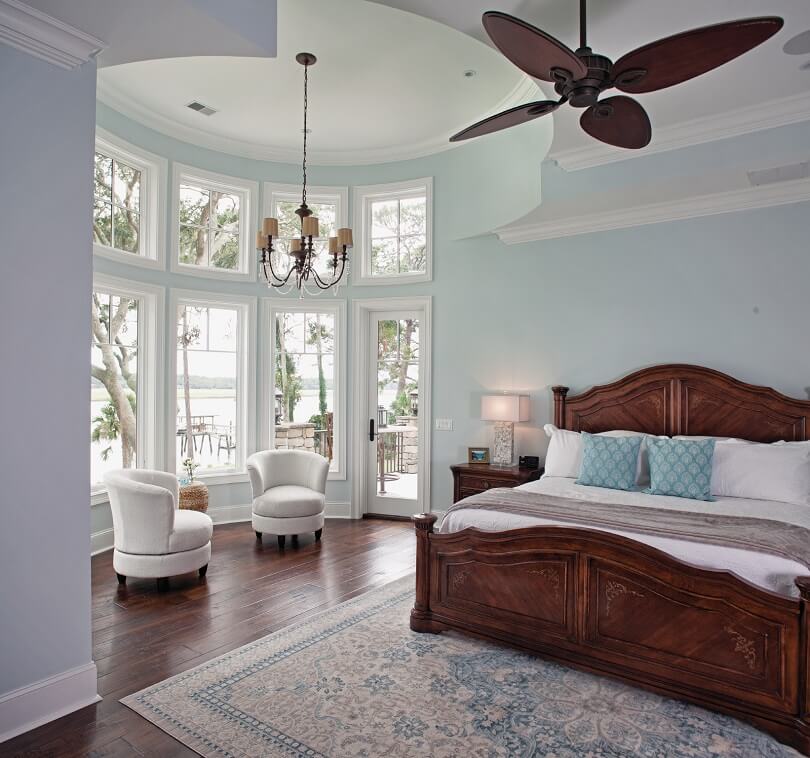
The exterior layout of a home’s windows is as important as the great view they afford from the inside. The windows should balance the home’s exterior and offer curb appeal that invites visitors to come in.
DESIGN Window design and technology has certainly advanced in the last 20 years providing homeowners with more opportunities to select beautiful windows and save money. Windows can also be used to make a huge design statement as a focal point that boosts a home’s value. And from the exterior of a home, well-chosen windows offer exceptional curb appeal.
Skylights, transoms, and other high windows are great ways to add natural light to a room without sacrificing privacy and wall or storage space. Skylights can be used to show off a ceiling’s striking pitch, bring the outdoors in, and offer sky and treetop views. Additionally, if operable, high windows can provide a valuable source of ventilation.
ENERGY EFFICIENCY Essentially, windows gain and lose heat by direct conduction through the glass, frame or door; by radiation of heat into or out of a house from the sun or room temperature objects like people, furniture and walls; or by air leakage around frames. Each of these properties can be measured to come up with a performance rating. The National Fenestration Rating Council (NFRC) operates a program that tests, certifies, and labels windows, doors, and skylights according to their energy performance. The NFRC label provides reliable information that can be found on all ENERGY STAR® qualified products, but it’s important to note that ENERGY STAR® bases its qualification only on U-factor and solar heat gain coefficient (SHGC) ratings. For windows to be completely effective, orientation and location should be considered as well.
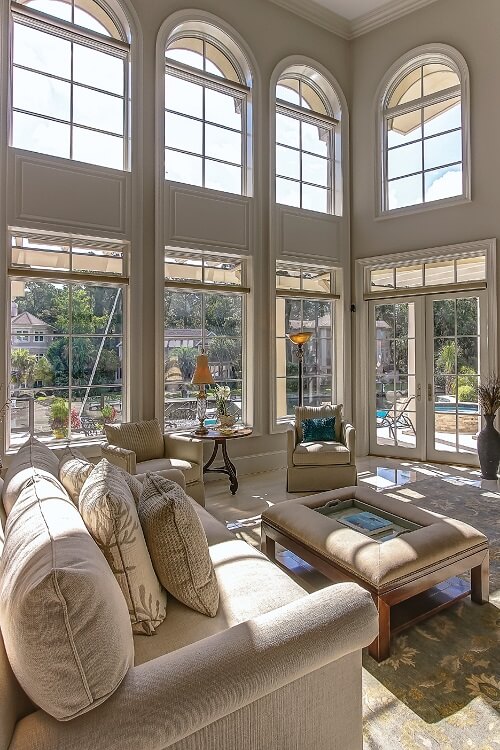
By implementing a passive solar home design, which uses solar energy to maximize heat gain in winter and minimize it in summer, a homeowner can reduce heating and cooling costs by 85%. Passive solar homes work by placing major glazing areas (glass that can transfer the sun’s energy) on the home’s southern-facing side to warm the home by absorbing the sun’s energy during the winter when the sun is low in the sky. To stay cool in the summer, the home would rely on a system of shading or overhangs that prevent solar energy from impacting the home’s thermal mass.
According to the U.S. Department of Energy, to be effective, south-facing windows should have a solar heat gain coefficient (SHGC) of greater than 0.6. They should also have a U-factor of 0.35 or less to reduce conductive heat transfer, and a high visible transmittance (VT) for good visible light transfer.
When possible, windows that lie on east-, west-facing walls should be minimized because it is difficult to control heat and light through them. These windows should also have a low SHGC and/or be shaded. North-facing windows collect little solar heat, so they are used only for lighting.
Despite the rules of orientation for efficiency, quite often in the lowcountry window placement is based on capturing a spectacular view. In this case, you will have to rely on the window performance itself to save you money.
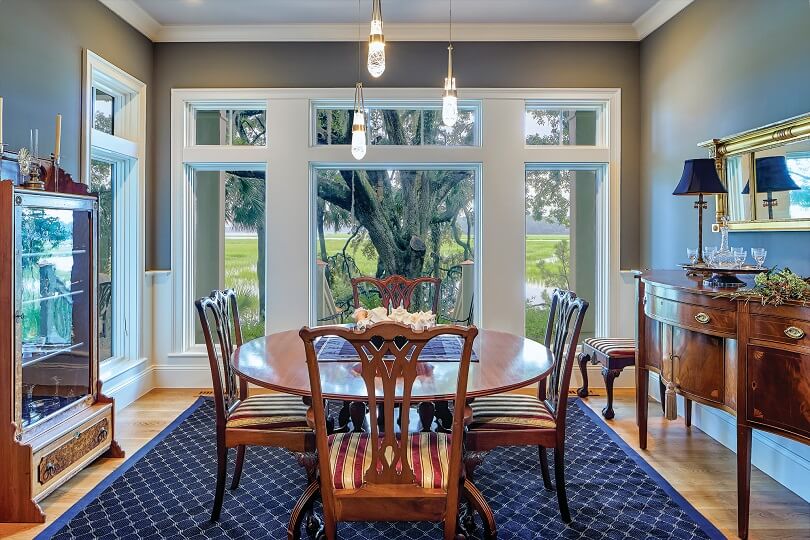
Products with low U-factors, low solar heat gain coefficient (SHGC) and low-emissivity (low-e) coatings maximize energy savings in temperate climates with both hot and cold seasons. Window frames conduct heat, contributing to a window’s overall energy efficiency, particularly its U-factor. Glazing or glass technologies and coatings have become very sophisticated, and designers often specify different types of glazing or glass for different windows, based on orientation, climate, and home design.
Another important consideration is how the windows operate, because some operating types have lower air leakage rates than others. For example casement windows have better air leakage rates than sliding windows, and fixed panes are airtight, but they aren’t suitable in places where window ventilation is necessary.
PROPER INSTALLATION A great window only works well if it’s properly installed. No matter how advanced the glazing and frame materials, the ultimate window performance also depends on the quality of its installation. Poorly installed windows will contribute to air leakage, unnecessary heat loss, condensation, and water leakage, which could lead to diminished energy performance as well as deterioration of walls and insulation. Therefore, it’s best to have a professional install your windows.

